How is your financial health these days? If you are a nonprofit leader, you probably think about this at four o’clock in the morning. If you are a board member or funder of a nonprofit, you may struggle to sift through an array of financial reports to get to an answer.
At Impact Catalysts, we begin every client engagement with a scan of documents and interviews with staff and leadership to establish our foundational understanding of the organization, its strengths, and challenges. Although we are not auditors, we do place a heavy emphasis on reviewing financial documents because a strong financial foundation is essential for nonprofit organizations to do their work effectively. We begin by looking at the following indicators.
- Net Income, also called net profit or the bottom line:
- Definition: Net income provides the first indicator of the financial health of the organization. Net income is calculated by subtracting an organization’s total expenses from its total revenue.
- Benchmark: Nonprofit organizations often aim to bring in just enough revenue to cover their expenses, but healthier nonprofit organizations aim to have a positive net income to build their cash reserves. As with all financial indicators, it’s the historical trend that matters more than any fixed moment in time, like the end of a fiscal year. We consider both the historical annual net income and the past year’s monthly net income results. The monthly results give us a clear sense of the financial ebbs and flows and how the organization manages them.
- Cash Reserve, also called operating reserve or cash on hand:
- Definition: The cash reserve is the organization’s emergency funding, used to cover unexpected expenses, such as building and equipment repairs; loss of a revenue stream; or investment in an innovation or some other opportunity.
- Benchmark: Although different organizations have different cash reserve needs, we believe healthy organizations have enough cash reserve to cover at least three months of their operating budget—more if the organization depends primarily on private sources of revenue, such as philanthropy. Groups with long-term government contracts can work closer to three months and often make use of lines of credit to manage short-term cash flow.
- Revenue Sources:
- Definition: We also stress test the organization’s revenue streams. We look at an organization’s reliance on a single revenue source, which, in our minds, is distinct from simply looking at the mix of revenue categories. We understand that for some nonprofit organizations, their missions and models will predispose them to specific funding markets, such as a strong dependence on government contracts. Rather than look at the revenue mix, we seek to understand whether a single grant, individual donor, foundation, or contract contributes a significant portion of the budget.
- Benchmark: Unfortunately, there is no hard rule about what portion of the budget might represent a risky concentration of revenue. In our work, we highlight any single source representing over 20 percent of revenue to begin the conversation about risks and alternative revenue sources.
It is easy to get lost in the data and struggle to get a clear answer to that financial health question. Zeroing in on a handful of indicators and tracking them over time is the key to understanding your organization’s financial position and whether it is advancing your mission.

